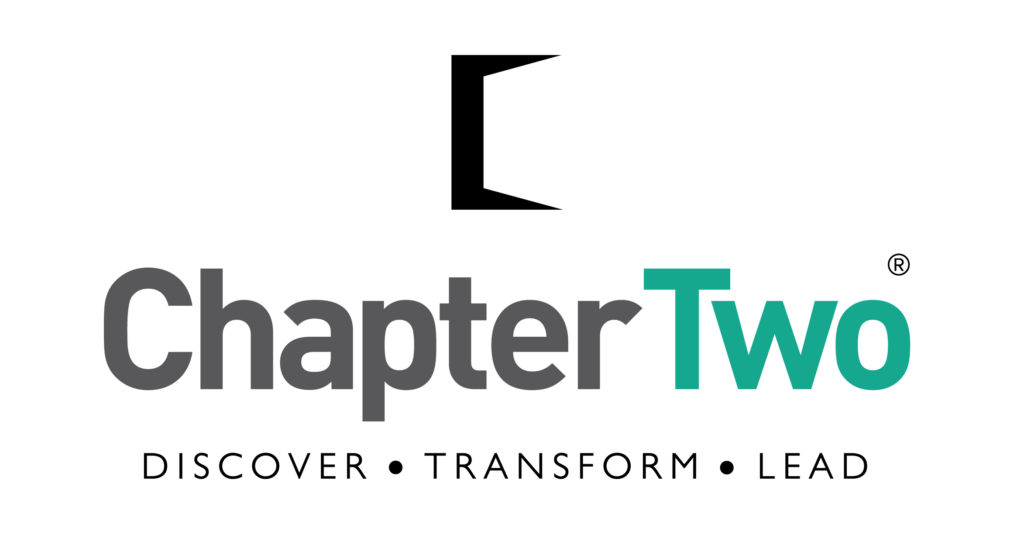We all have some habits that affect our health and productivity. And though we resolve to get rid of them, we are not always successful. To understand what’s going wrong, lets visit the building blocks of habits.
Habits are routines we create for ourselves consciously. Over a period of time, habits become hardwired and we start performing them almost subconsciously, with the same predictability of say, tying one’s laces. When this happens, the habit is being performed without the involvement of the pre-frontal lobe, the part of the brain that is responsible for rationing thinking.
This is crucial to understanding habits are so hard to break, despite our knowledge that they are detrimental to our health and well-being.
For the sake of this blog that look at some examples
1. Smoking
2. Overeating
Take the case of overeating. Now, eating sweets by itself is not wrong. When we eat sweets we feel sensory pleasure and this makes us happy. The brain forms a connection: eating sweets makes me happy. So the next time we are stressed at work, we or are alone and bored, the brain revives the connection and we eat something sweet to feel better.
So, when we start eating for all the wrong reasons, it becomes a bad habit. The trigger is feeling bored, lonely, stressed, the action is to eat the favourite food, and the reward is to feel happy and relieved for some time.
How does one get rid of these habits?
All it takes is a little mindfulness. What’s mindfulness? It is being present or conscious to your action.
The next time you feel an urge to eat something sweet ask yourself the following questions:
1. Am I hungry or am I satisfying some other urge by eating this now?
2. Do I really need this now?
3. How would it be if you let go off the habit now?
4. What can you do instead? If you have to do something else?
The minute you ask yourself these questions, you analyse the desire instead of idly reacting to it.
If you do this a number of times, a new habit is formed, that of questioning a desire or resisting it with the application of reason and logic.
So basically, what it involves is identifying the trigger that results in the indulgence. Be mindful at the time of indulging.
Chapter Two Blog – Kill bad habits with mindfulness
About the Author:
Sandhya Reddy is a Life coach and Leadership coach based in Bangalore, India. She is the Founder and Principal Coach at Chapter Two Coaching, a coaching consultancy that enables everyone from CEOs to work-from-home parents to achieve their goals by replacing self-imposed limitations with enabling stories.
Sandhya, a life coach in Bangalore, who runs a life coaching academy, can help individuals with a desire for change to examine their beliefs – or their ‘stories’ – and change them for the better, so they can achieve their goals.
Many of us in our thirties experience a disquieting realization: what brought us to middle-management may not take us to senior-management. This is true. To chart a new career path, one needs to think and do things differently. This is where Sandhya can help. She is a coach. Life coaching, executive coaching, personality development, leadership coaching… they are all part of her forte. Her Executive coaching programs helps tomorrow’s leaders set new goals, make new plans to achieve those goals, get that elusive promotion through a blend of knowledge, action and image-building, enhance influence among the leadership team, be more productive, get more out of one’s team, and be known in the company as an indispensable performer and future leader.
